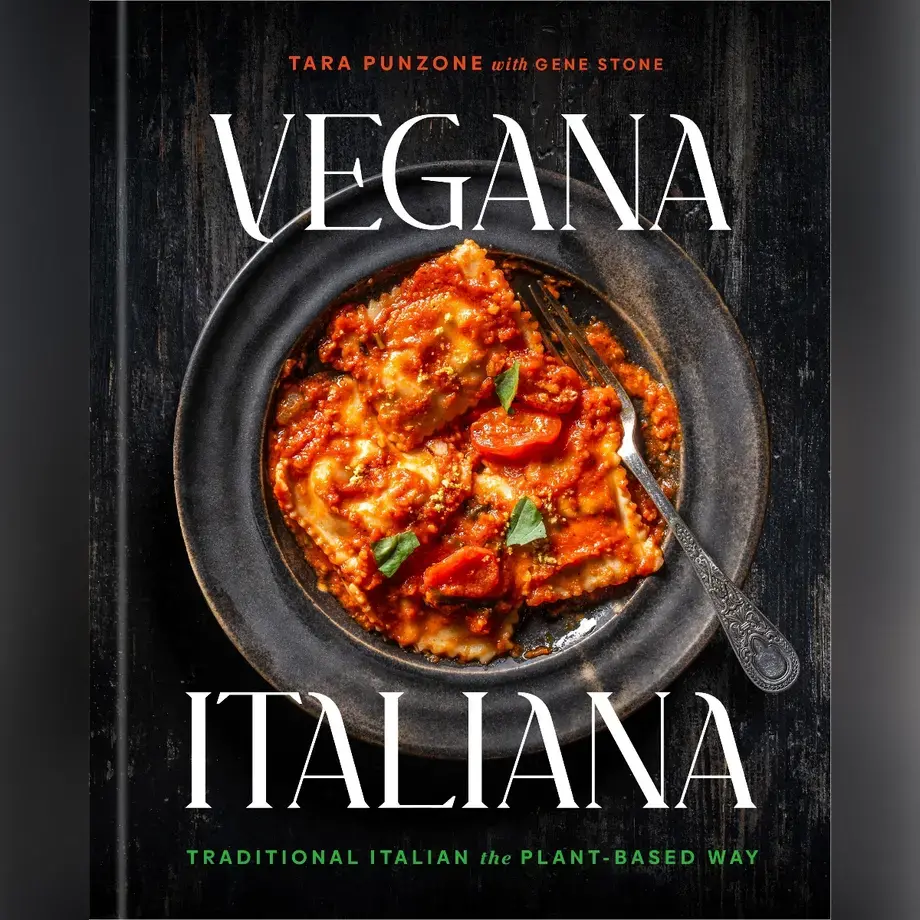In the kitchen, there’s a fine line between a horror movie and a romantic love story. Take, for example, the preparation of marmalade: while the recipe is simple and delicious, it’s also one that could easily become a recipe for disaster. For instance, the mixture may not solidify, and you’re left with a viscous, uninviting liquid. So here are all the secrets for successfully making homemade jam, and giving your fruity concoction a sweet and happy ending. Learn the best way to make your jam recipes.
How to make the perfect jam
The first suggestion has to do with the ingredients – sugar, fruit, and perhaps some water. Don’t let the small number of ingredients fool you, however: you’re going to keep a few things in mind when making marmalades and jams. Many people wrongly think that adding sugar is a way to ensure that even not-perfectly-ripened strawberries or peaches will end up tasting sweet, but this is actually not at all true.
Choose the fruit when ripened
A jam made from unripe fruit simply won’t taste much like fruit, and will be overly sweet. So the first rule is to make sure your fruit is well ripened. When it comes to the choice of sugar, there’s not much difference between the various types, even though cane sugar will give the jam a more homemade texture. The ratio between fruit and sugar varies: with sweet fruits, it’s about 2:1 (2 kilos of fruit, 1 of sugar), while with more bitter fruits like oranges, it should be more like 3:2. If uncertain, it’s better to round up with the sugar. The other potential ingredients – lemon and pectin – are found in many jam recipes. Try this elderflower and apple jam or fig jam with pistachios.
The science behind cooking a fruit
Before discussing their function, we should first examine what happens to fruit when it’s cooked. Fruits contain a molecule called pectin in their cells, and so when fruit is cooked, these molecules first separate and then join back together as a kind of network that links all the other molecules. If the pectin doesn’t separate well, it won’t be able to capture the other molecules – which is what results in that dreaded fruity broth.
To avoid this, make sure to squeeze out the juice while the fruit is still raw, and then set it aside. In a blender, mix the remaining pulp, which makes it easier for the pectin to separate, and then add it to the juice. Now there’s another pitfall to avoid. For chemical reasons that are a bit too complex to explain here, the risk is that the pectin molecules push against each other when the mixture isn’t acidic enough and the marmalade won’t thicken.
To solve this problem, add the juice of one lemon to every two kilos of sugar, thereby eliminating the need for extra pectin: the fruit already contains the necessary amount, what’s important is ensuring that it separates properly. And this is good, because pectin tends to “steal” the flavour and scent of the marmalade, giving it an industrial taste.
The cornucopia of jams
One of the greatest things about jams is their sheer variety. Here’s a brief list of both well-loved classics and rare types to choose from:
- Apricot jam – a summer classic. The ultimate way to preserve this delicious tangy fruit.
- Chilli jam (which also contains peppers, tomatoes, ginger, and garlic). The perfect foil for strong cheeses at the end of a meal.
- Plum and walnut jam – sticky and crunchy. Make it in autumn to see you through the winter.
- Blueberry and cherry jam (using lemon juice as a thickener) packs a powerful Vitamin C punch and is perfect simply on toast for breakfast.
- Kaya coconut jam (thick green jam popular in South-East Asia) flavoured with pandan juice and eaten for breakfast all over South-East Asia. Ranges in colour from bright green to dark brown.
- Bacon jam (there’s bacon everything else, why not jam too?) – it’s exactly what jam has been crying out for, right?
- Strawberry jelly with green peppercorns – spice up summer breakfasts with this twist on a classic.
How nutritious is jam?
Well, it’s made of fruit, so it’s got to be good for you, right? I’m sure we all wish it were that simple, but the truth is the avalanche of sugar added to jam leaves its other health benefits at least partially buried. But some of the fruits’ benefits do survive the saccharine onslaught and the flurry of heat and mashing and squeezing inherent to making jam. Which exact nutrients do depends on the base fruit. Blueberry jam wallops you with antioxidants, since blueberries themselves are the most antioxidant rich fruit know to humans. Peach jam gives you a healthy dose of vitamin C. Meanwhile, strawberry jam gives you both antioxidants and vitamin C.
Step-by-step jam recipe
Directions:
- Put the fruit compost into the pot (if you haven’t blended it, make sure it’s chopped up into little pieces)
- Then the sugar and the lemon juice
- If possible, use an aluminium or copper pot only while it’s cooking
- Then pour the jam into another container to let it cool
- Once it’s cooled, transfer it into separate glass jam jars, which have been sterilised and dried well
Cooking fruit: best practices
About the cooking: keep it simple. The fruit should be cooked over a low flame, and stirred as little as possible. Don’t trust those who advise you to keep stirring: the rule is low flame and very little agitation so as not to create too much steam, which could carry the aroma away. This is way true marmalade 'purists' try to collect the steam, separating it from the water and then adding to the mixture once the heat has been turned off. Cooking time ranges from an hour and a half to two hours, depending on the fruit used and how ripe it was. Once it’s done, all you have to do is wait for it to cool, pour it into jars and seal tightly.
And then of course, try to wait until the autumn. When you can close your eyes and re-live summer all over again. With just a single spoonful of your homemade fruit jam.









